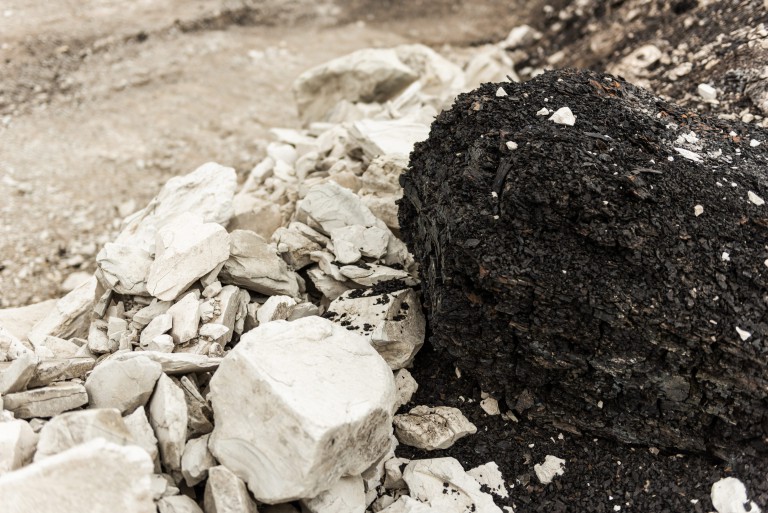Whether it be for use with livestock, as pest control or as a natural health supplement for humans, the buzz surrounding DE is undeniable. However, there is a lot of confusion regarding the various types of diatomaceous earth and what they can and cannot be used for. So here it is…the ‘down low’ on DE!
What is the difference between food chemical codex grade (food grade) and feed grade diatomaceous earth?
Although these two types are very similar there is one very important distinction between them. Food Chemical Codex Grade (commonly referred to as “Food Grade”) DE must meet certain specifications regarding heavy metal content. To be considered Food Grade, the diatomaceous earth must not contain more than 10mg/kg of arsenic and no more than 10mg/kg of lead.
What is the difference between food chemical codex grade (food grade) and pool grade DE?
The difference here lies in the way that each type of DE is treated. Pool Grade DE is calcined, meaning that is treated with very high heat. This turns the silicon dioxide that is present in the DE into crystalline silica. Pool Grade diatomaceous earth, and most other calcined DE products, contain high concentrations of crystalline silica. In fact, some can range from 60 – 70% crystalline silica.
Crystalline silica is very dangerous and can be harmful to the health of humans and animals. For this reason, Pool Grade diatomaceous earth should NOT be used for any purpose other than filtration.
Most Food Chemical Codex Grade (Food Grade) diatomaceous earth products, on the other hand, are not calcined and are composed largely of amorphous silica. Food Chemical Codex Grade (Food Grade) DE products contain less than 1% crystalline silica and can be used in animal feed and for insect control. Food Grade diatomaceous earth, such as Red Lake Earth, unlike pool grade DE, is safe to be used around humans and animals.
What’s the difference between grey and white diatomaceous earth?
DE varies in color due to the fact that each deposit is composed of a unique makeup. The reason that Red Lake Diatomaceous Earth is brownish-grey in color is that, in addition to diatomaceous earth, this deposit is also enhanced with naturally occurring minerals such as montmorillonite (also known as calcium bentonite).
White DE products and grey/brown DE products will function the same. What is most important is that the diatomaceous earth is Food Chemical Codex Grade (Food Grade) and therefore safe to use around humans and animals.
Can pool grade DE be used for anything other than filtration?
Although Pool Grade diatomaceous earth is often cheaper and easier to come by, due to its high crystalline silica content, Pool Grade diatomaceous earth should not be used for anything other than filtration.
ONLY Food Chemical Codex Grade (Food Grade) diatomaceous earth is safe to use around humans and animals.
Image by AlishaV


